AMD RX 7900 GRE vs RX 7800 XT: which midrange GPU is right for you?
Time to see whether the bigger die makes a difference
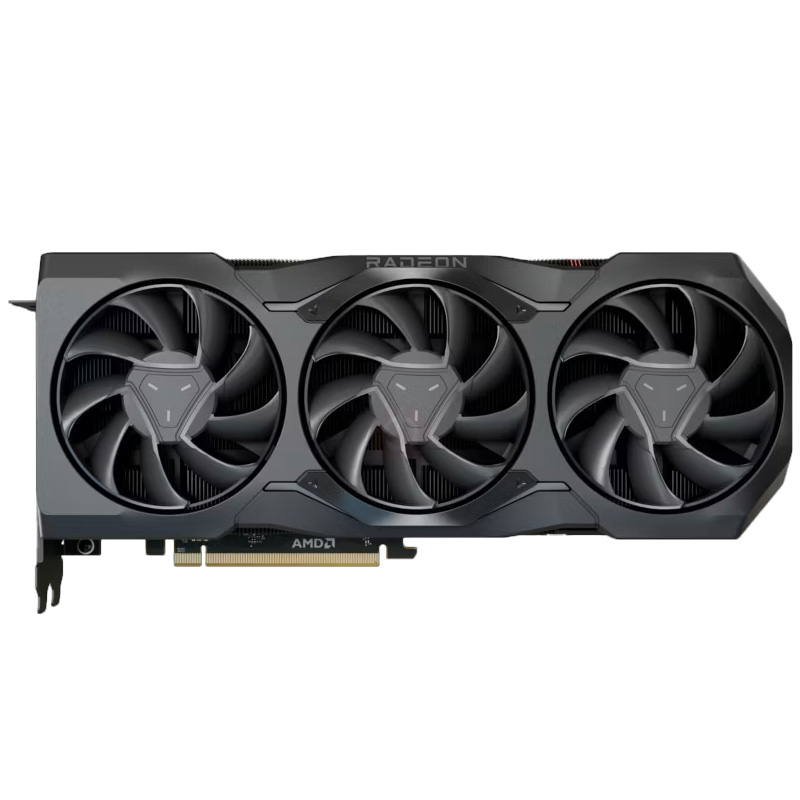
The AMD Radeon RX 7900 GRE originally debuted in China last year before making its way to global distribution, and it surprised many as offering a near-perfect balance of performance and affordability. While its 4K performance isn't on par with the truly elite GPUs like the RTX 4080 Super and RX 7900 XTX, it is easily the best entry-level 4K card going.
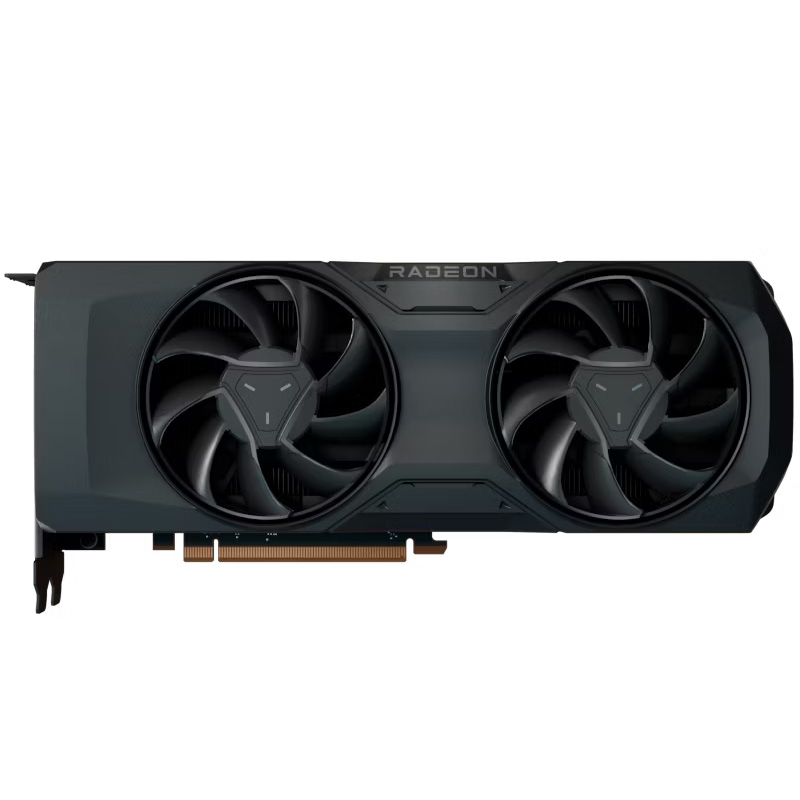
The AMD Radeon RX 7800 XT had some stiff competition when it launched in the middle of 2023, competing against the excellent Nvidia RTX 4070, but thanks to its competitive price point and outstanding 1440p performance, this graphics card is one of the best midrange options you can find right now, especially if you're not looking to do much 4K gaming.
If you find yourself with limited funds for your new gaming PC then you’ll want to weigh up a mid-range offering, you're probably going to be looking at the AMD RX 7900 GRE vs RX 7800 XT.
AMD has put out two of the best graphics card SKUs of this generation, and if you don't want to sacrifice too much performance to find something affordable, the AMD RX 7900 GRE and RX 7800 XT are exactly the kinds of cards you'll want to buy.
To help you make the right choice, we’re pitting the RX 7900 GRE vs RX 7800 XT based on their price, specs, design, and performance to help you choose the video card that’s right for your machine in 2025.
Given the current track record of RDNA 3 in the two years since it was released, Team Red has carved out a substantial lead for the best 1440p graphics card against Team Green.
Originally exclusively released in China 2023, the RX 7900 GRE is now global to further shake things up. Featuring the same die as the flagship AMD RX 7900 XTX and RX 7900 XT cards, there’s a ton of potential for its price point, but it’s not as straightforward as it may seem.
In our dedicated RX 7800 XT review, we described it as “the best midrange card on the market” but that “it could have been better”. A four and a half star verdict is hard to beat, but seeing as we preferred this GPU over the RX 7900 XT, how exactly does the Golden Rabbit Edition sway the balance? Let’s find out.
RX 7900 GRE vs RX 7800 XT: Price

Deciding on the right mid-range graphics card often comes down to the price and that’s where the RX 7900 GRE and RX 7800 XT are at their most competitive. Starting with the newest to hit the West, the RX 7900 GRE is now available with a $549 MSRP. In contrast, the older RX 7800 XT can be picked up from $499, making it the cheaper of the two.
That’s a $50 difference which means these two models are incredibly close in price. The RX 7900 GRE is significantly cheaper than its Big Navi 31 siblings, the 7900 XT ($899) and the 7900 XTX ($999) respectively. That’s to say nothing of the RX 7800 XT when placed against the RX 7700 XT ($449), a difference of $49.
That’s when taking the original MSRP into account, though. That’s because AMD has recently dropped the pricing of the RX 7900 XT from $899 down to $749, with some models even selling under the $700 mark. That closes the gap slightly, but there’s still a $200 deficit with the new GRE model. However, when all is said and done, the 7800 XT is the cheaper of the two so it wins out in this respect.
- Winner: RX 7800 XT
RX 7900 GRE vs RX 7800 XT: Design
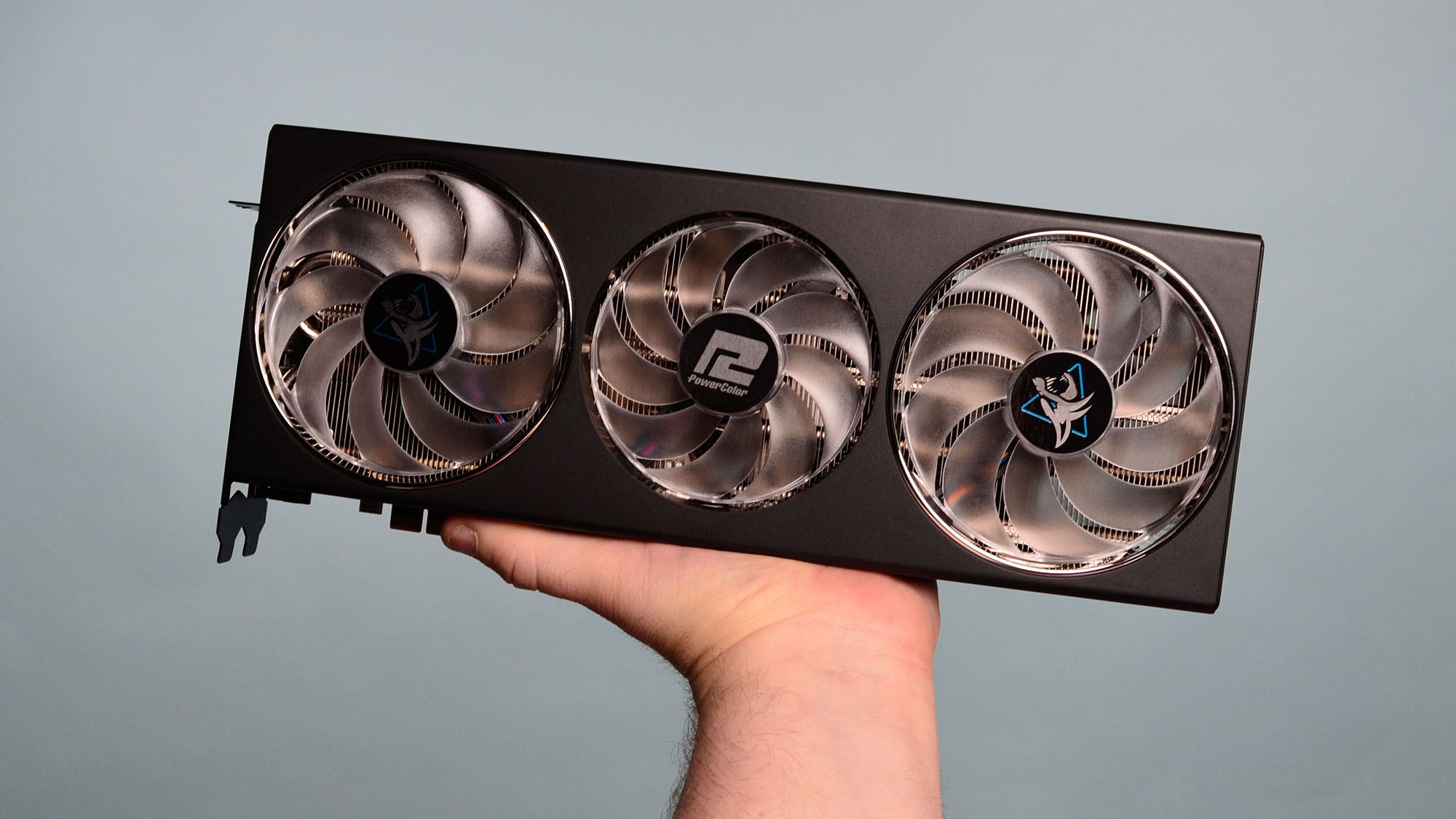
We’ll start with what the two GPUs have in common before delving into the differences. Taken at surface level, the two video cards share the same 16GB GDDR6 memory pool and 256-bit memory bus. Where things begin to differ is in the choice of silicon. That’s because the GRE is built upon the larger Navi 31 die which is the same as what you’ll find with the 7900 XT and XTX.
The GRE also features significantly more Stream Processors with a total of 5,120 when compared to the 7800 XT’s more humble 3,840. That’s a difference of 33.3% percent which adds up to quite the lead.
Essentially, the new card features a third more cores under the hood on the bigger die. The differences don’t stop there, though, because the GRE also features a total of 320 Texture Mapping Units and 160 Render Output Units compared to its siblings 240 and 96 units respectively.
Both video cards share the same dual slot design and reliance on the more standardized 8-pin power connectors without the need for an adapter. Curiously, the 7800 XT actually has a slightly higher power draw of 263W TDP compared to the GRE’s 260W. The former also features a higher bandwidth of 624.1 GB/sec in contrast to the latter’s 576 GB/sec.
While it may appear at first that the 7900 GRE leads across the board, things aren’t quite as straightforward as that. Taken as a whole, the two appear incredibly similar and for that reason, we have to tie in this regard.
- Winner: Tie
RX 7900 GRE vs RX 7800 XT: Performance
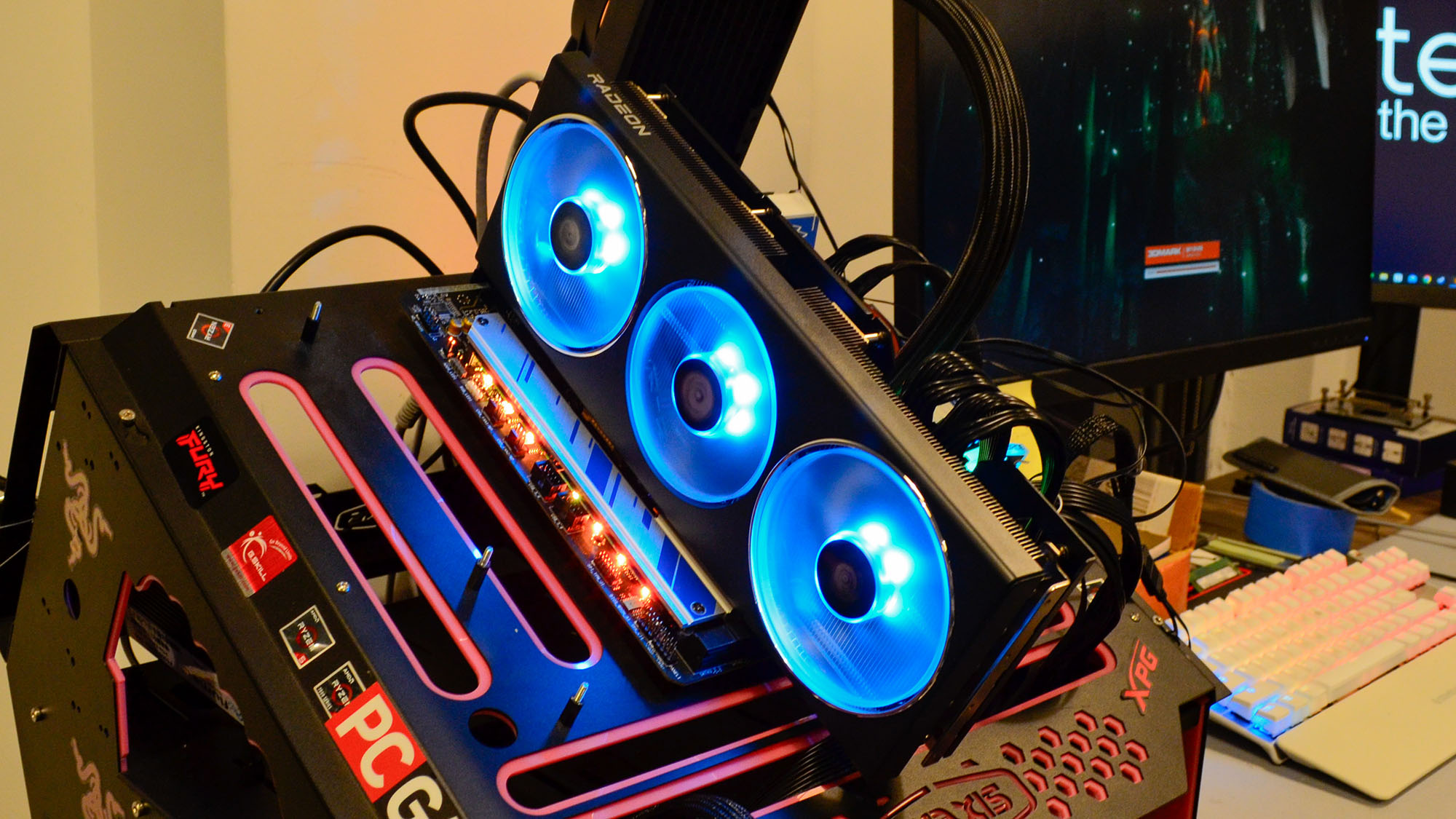
In the battle of the RX 7900 GRE vs RX 7800 XT, performance is king. What’s immediately apparent with both cards however is that they are excellent performers at their target of 1440p gamers. That said, there’s no denying that there's a clear winner right out of the gate.
Synthetic benchmarks paint a strong picture of how the RX 7900 GRE and RX 7800 XT directly compare.
In 3DMark Sky Diver and Fire Strike Extreme, the former achieved scores of 169,170 and 27,595, respectively, while the latter scored 142,860 and 25,423, respectively.
This also extends to the ray tracing focused Port Royal test with the 7900 GRE scoring 11,768 and the 7800 XT clocking in at 10,376. While the lead isn’t huge, it is present and the newer card simply has more under the hood when compared to the Navi 32 GPU.
The pattern of the RX 7900 GRE pulling ahead of its rival is consistent in its creative workloads too. Whether it's Blender 4.0, PugetBench, or Handbrake, the 7900 GRE succeeds with scores of 1,252 in Blender’s Monster benchmark against the 7800 XT’s 1,134.
This is also consistent in PugetBench for Adobe Photoshop with the former scoring 10,650 points to the latter’s 10,500. Not a huge difference, but it's there.
All that is a build-up to the main bout though, and that's gaming.
Starting with the RX 7900 GRE, the Navi 31 GPU was able to consistently average 60fps and above in 1440p with few exceptions, oftentimes reaching upwards of 100fps at Ultra settings.
In Metro: Exodus, the RX 7900 GRE achieved an average of 60fps with Extreme settings at 1440p, carrying the momentum through to Cyberpunk 2077 at Ultra with a 102fps average. The same can be said with Returnal and its 121fps average as well as its 116fps average in Tina Tina’s Wonderland. These are impressive figures showcasing the power of Navi 31 even with a smaller memory pool.
4K performance is good, but not quite the strength of the card, with the RX 7900 GRE scoring averages of 35fps, 43fps, and 68fps in Metro: Exodus, Cyberpunk 2077, and Returnal respectively. All more than playable figures, for sure, but not quite leading in the same way as with QHD performance. This shouldn’t be too surprising given the price point, but goes to show where the smaller bandwidth starts to struggle.
Then we get onto the 7800 XT’s performance and this card does a decent job of holding its own, but doesn’t quite excel the same way. Starting with Metro: Exodus, the 7800 XT achieved a 54fps average with the game maxed out in 1440p, falling just short of 60fps. The same can be said with Cyberpunk 2077 on Ultra settings, with a 94fps average; a smooth gaming experience but not quite the 100fps+ of the GRE. This extends to Returnal and Tiny Tina’s Wonderland with the two games managing 106fps and 109fps, respectively, from the 7800 XT.
4K is where the RX 7800 XT doesn’t quite hold up as well, either. In Metro: Exodus, the GPU got 34fps on average, just 1fps behind the GRE, and there’s just a four frame deficit with Cyberpunk 2077 in 2160p averaging 39fps. Curiously, Returnal goes blow for blow at 68fps on both cards. Based on this testing, it’s clear that whether you’re opting for an RX 7900 GRE or RX 7800 XT, 1440p is the way to go.
- Winner: RX 7900 GRE
RX 7900 GRE vs RX 7800 XT: Verdict
For the sake of $50/£50 extra, we’re confident in recommending that you go for the RX 7900 GRE as it has more horsepower across the board against the RX 7800 XT.
While its advantages may seem slight with certain software, it is consistently present. And while you aren’t getting the leading 4K performance of the 7900 XTX or 7900 XT, the 7900 GRE offers a ton of performance for its MSRP and simply makes it a better overall value of the two.
- Winner: AMD RX 7900 GRE
Get daily insight, inspiration and deals in your inbox
Sign up for breaking news, reviews, opinion, top tech deals, and more.
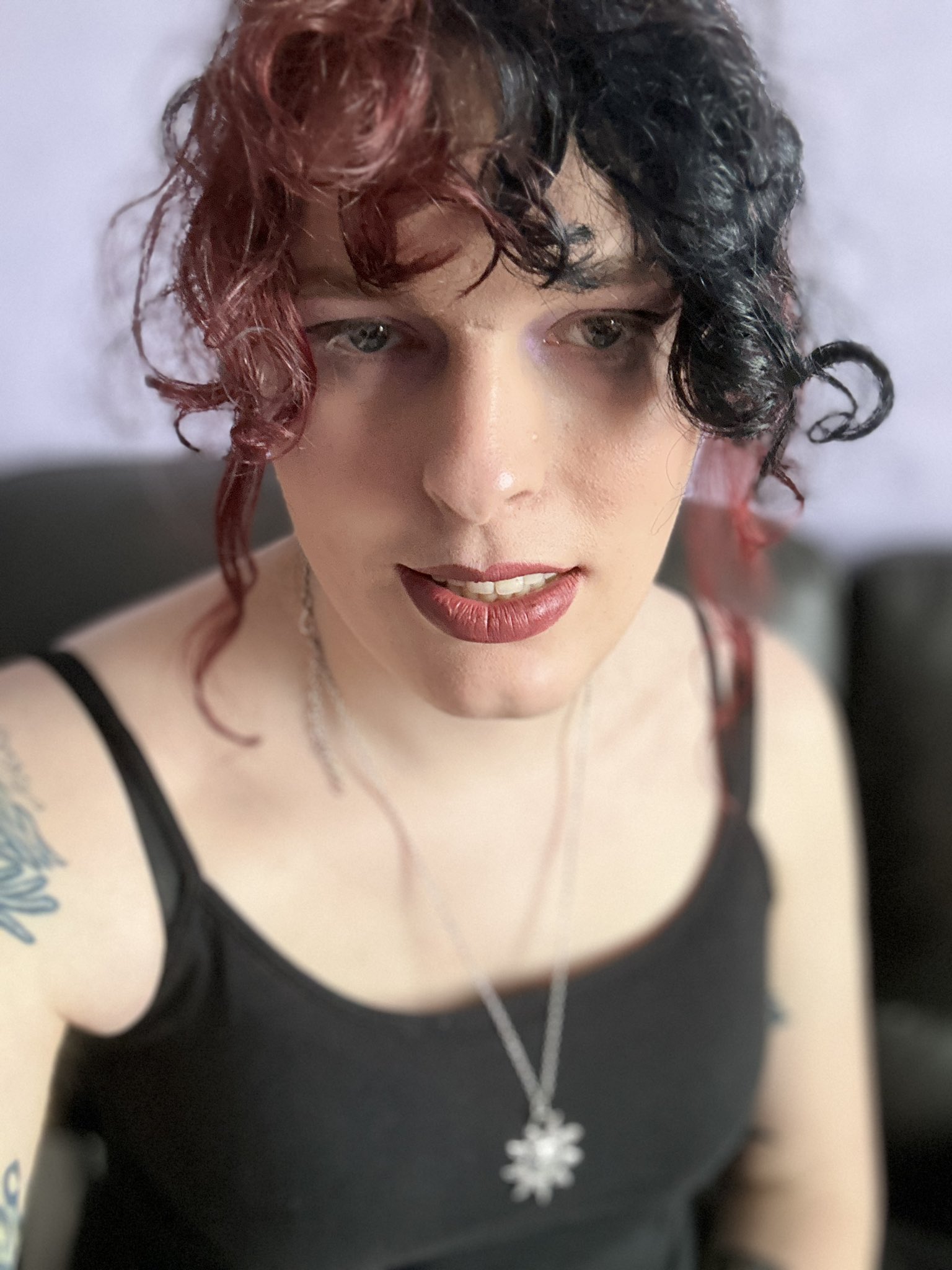
Formerly TechRadar Gaming's Hardware Editor, Aleksha McLoughlin is now a freelance writer and editor specializing in computing tech, video games, and E-commerce. As well as her many contributions to this site, you'll also find her work available on sister sites such as PC Gamer, GamesRadar, and Android Central. Additionally, more of her bylines can be found on Trusted Reviews, Dexerto, Expert Reviews, Techopedia, PC Guide, VideoGamer, and more.